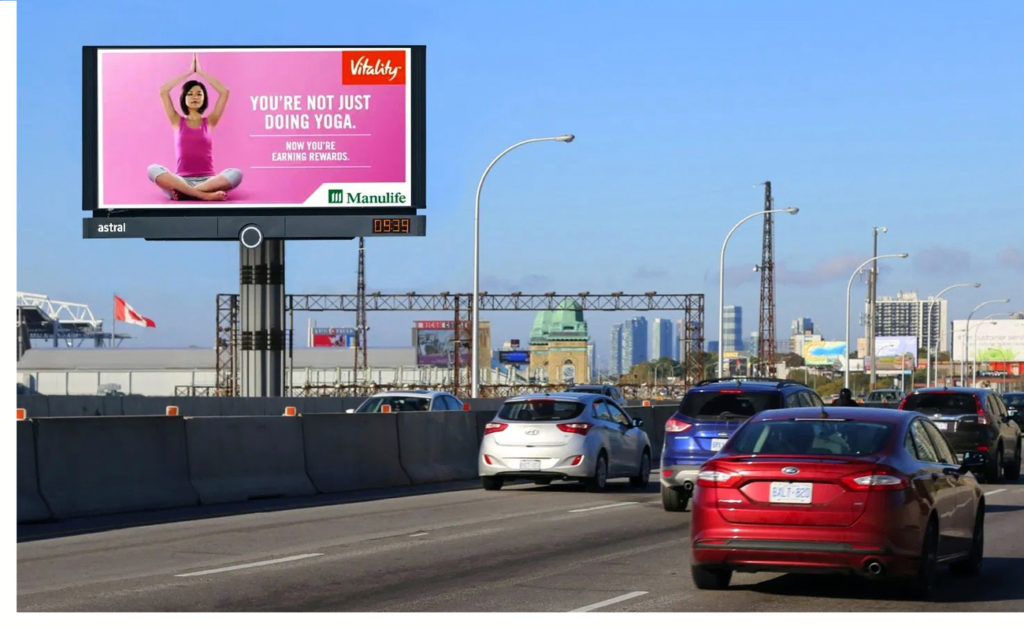News
Digital Billboards: Effective and Safe
Digital signage is all the rage among advertisers these days. It’s a market that is growing quickly with no signs of slowing down.
Extensive studies have shown that digital signs are more effective than normal “static” signs in attracting attention. But some people claim that the proliferation of effective digital signage comes at a cost: increased danger on our streets and highways because of distracted drivers.

Turns out, those folks are wrong! It’s just a myth that digital signage causes more distraction among drivers. It’s just one of several myths that seem hard to eliminate. Take the common belief that red automobiles get pulled over more often and cost more to insure. Both are just myths. Researches have learned that your car color has NO EFFECT on your chances of receiving a speeding ticket. Only your driving habits will determine if you get pulled over. Factors insurance companies consider the make, model and year of your vehicle, but NOT the color when determining rates. your personal driving history; and your credit history, but NOT the color of your car.
The truth is, drivers ARE NOT more distracted by digital billboards alongside roads, according to a study conducted by the U.S. Department of Transportation (DOT).
Digital Billboard Study
The study was released by the Federal Highway Administration (FHA). It found that drivers are no more likely to be distracted by digital billboards than stationary signs.
“On average, the drivers in this study devoted between 73 and 85 percent of their visual attention to the road ahead for both digital and standard billboards,” the study said. “This range is consistent with earlier field research studies. In the present study, the presence of digital billboards did not appear to be related to a decrease in looking toward the road ahead.”
The study surveyed drivers in Richmond, Virginia and Reading, Pennsylvania. The survey results found that the average length of time drivers spent looking at digital billboards was 379 milliseconds, compared to 335 milliseconds for standard signs.
The results were both well below the “currently accepted threshold of 2,000 milliseconds,” the study said, according to The Hill website.
“The results did not provide evidence indicating that (digital billboards), as deployed and tested in the two selected cities, were associated with unacceptably long glances away from the road,” the study said. “When dwell times longer than the currently accepted threshold of 2,000 (milliseconds) occurred, the road ahead was still in the driver’s field of view. This was the case for both (digital) and standard billboards.”
The results were cheered by the Washington, D.C.-based Outdoor Advertising Association of America (OAAA). This has pushed the transportation department to relax its rules regarding digital billboards.
“Studies have long shown that digital billboards do not cause distracted driving,” the outdoor advertising agency said in a statement. “The new federal study … comes to the same conclusion.”